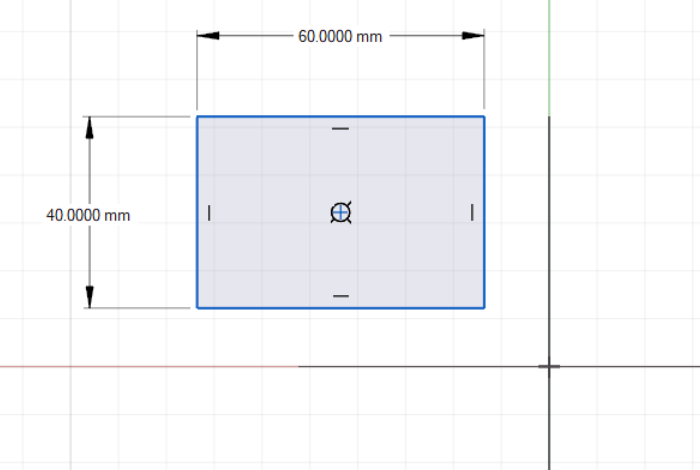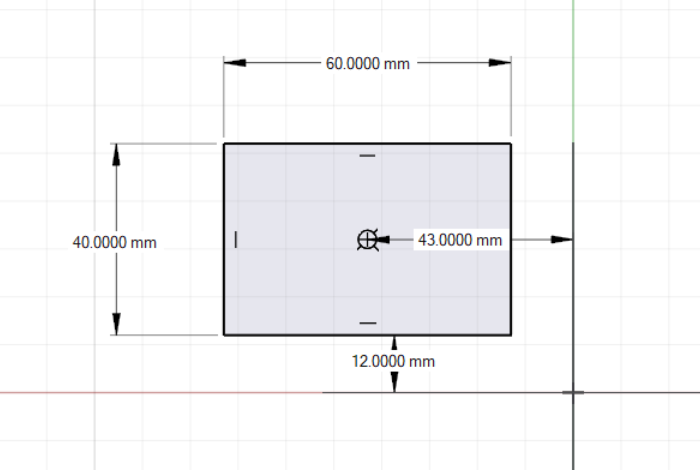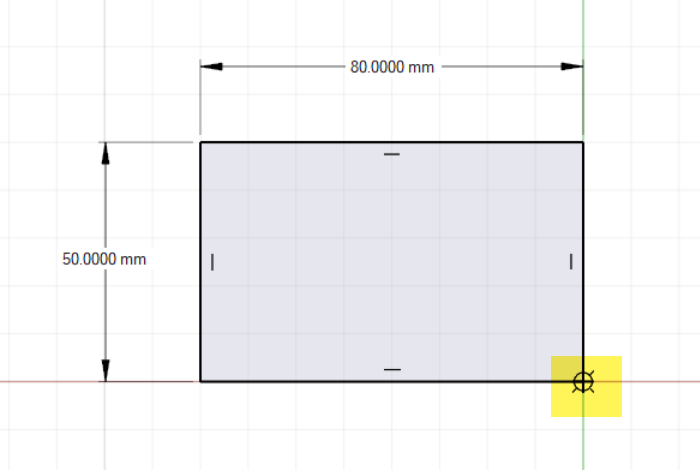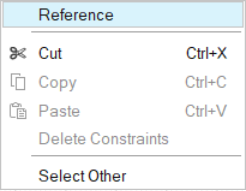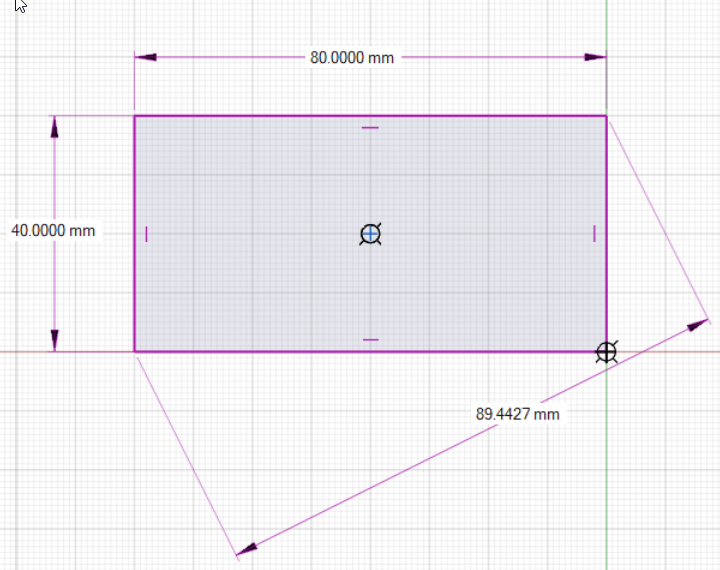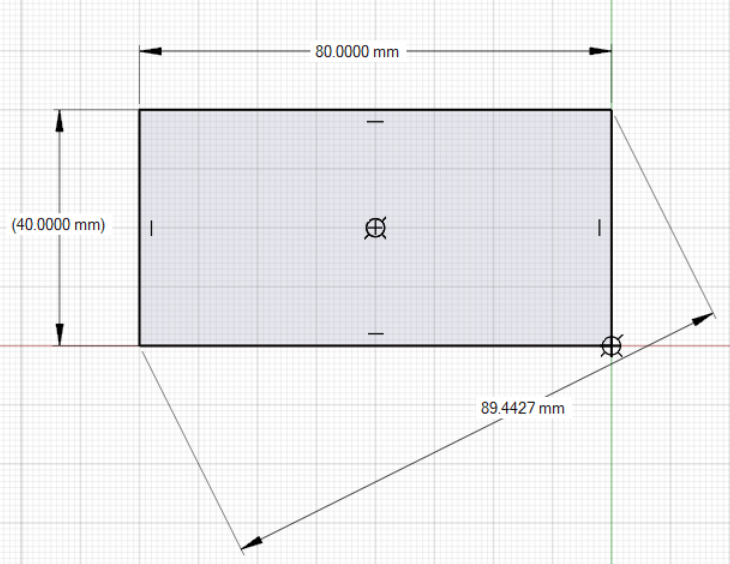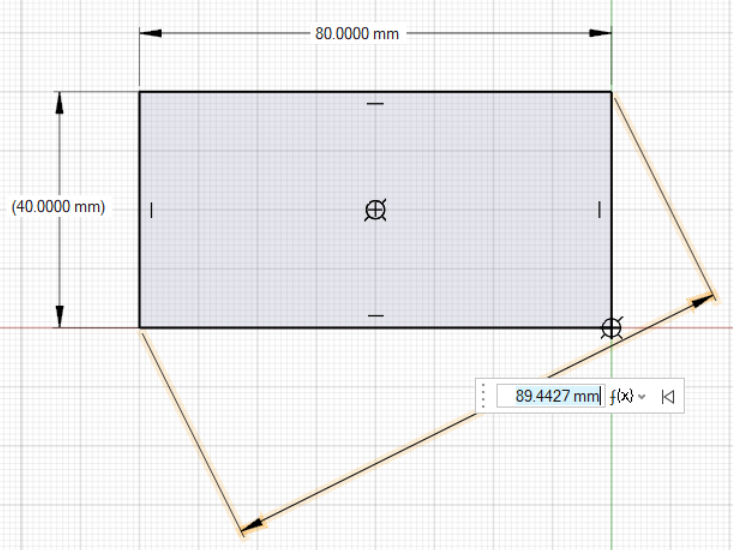Dimension
Use the Dimension tool to define and/or constrain the dimensions of a sketch.
- Vertical, horizontal, or aligned distance between a point, vertex, or entity and the sketch origin. (The sketch origin is a projection of the global origin onto the sketch plane.)
- Vertical, horizontal, or aligned distance between one point or vertex and another
- Distance between two parallel lines
- Diameter of a circle
- Radius of a fillet or arc
- Angles
Driving Dimensions: These dimensions drive the design intent. They can be edited directly through a microdialog either by entering numbers or assigning variables. Changes to driving dimensions will drive changes to reference dimensions.
Reference Dimensions: These dimensions appear in parentheses and cannot be edited directly.
- Decide which dimensions you will want to edit and capture them first. This is easier than changing them from reference dimensions to driving dimensions later.
- Once a rectangle sketch has been defined by two dimensions (e.g. length and width) additional dimensions will be captured as reference dimensions by default.
Apply Dimensions to Sketch Entities
Capture the length of a line, the diameter of a circle, the radius of an arc, or the distance between two sketch entities.
Apply a Variable to a Parameter
Apply a variable to a parameter, or create a new variable on the fly from a tool microdialog.
You can apply existing variables and add new ones via the microdialog in various sketch and geometry tools.
- You can also create a variable by entering a new name and expression in the
microdialog’s text field, for example:
Variable1=50 - In addition, you can also create a new variable based on an existing
variable, for example,
Variable2=Variable1*0.5.
Fully Define a Sketch
A sketch is fullly defined when its dimensions and its position relative to the point of origin have been defined. A fully defined sketch will appear in black.
Edit a Driving Dimension
Reposition, change the value of, or delete a dimensional constraint.
Edit a Reference Dimension
Convert a reference dimension to a driving dimension and edit it.


